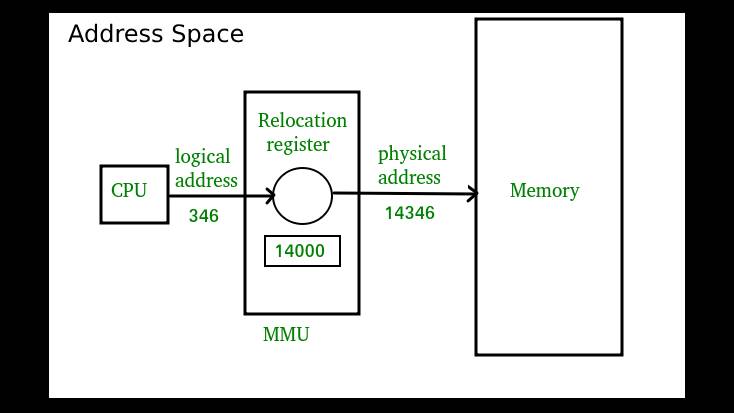Table of Contents
Introduction
An address space is a variety of logical spaces on any portion of a computer or peripheral device for storing data. For occurrence, on a memory chip, each data byte has its address for storing & locating later.
An address space is an array of valid addresses in memory available for a program or process. It is the memory that a program or process can access. Relatively, the memory can be physical or virtual, and their use is for executing instructions and storing data.
Address Space Explained:
An address space denotes the range of memory locations available to a computer or process for storing & accessing data. Typically, it is representable in binary form, and the computer’s architecture determines its size.
Additionally, in a 32-bit system, the address space can create 2^32 (about 4.3 billion) unique memory locations. Whereas, a 64-bit system can handle 2^64 (approximately 18.4 million trillion) addresses.
Comprehensively, address spaces are crucial for managing memory and data, allowing programs to access specific locations in memory, facilitating multitasking, and ensuring data isolation and security within a computer’s memory hierarchy.
Types of Address Space:
Address spaces are used in several computing backgrounds to manage memory & resources. Below are a few examples:
- Physical Memory Address Space: This signifies the range of memory locations accessible in a computer’s RAM for storing data & instructions.
- Virtual Memory Address Space: Virtual memory ranges the address space beyond physical RAM by utilizing secondary storage to create an impression of a larger memory space.
- File System Address Space: In a file system, each file and directory is provided with a unique address, letting the operating system locate & access them ably.
- Process Address Space: Each progressing process in an operating system has its individual virtual address space, segregating it from other processes.
Conclusion
Uniquely, address space is a fundamental model in computing that expresses the range of unique memory or resource locations available for various purposes.
It comprehends physical & virtual memory in computers, IP addresses in networking, file paths in file systems, and specialized spaces for hardware devices and processes.
Furthermore, address spaces are crucial for managing data, simplifying multitasking, securing information, and enabling efficient resource allocation.
Subsequently, they are the foundation of the design of computer systems and networks, ensuring proper organization and secure functioning of varied computing environments.

